In places like Globe, Arizona, voting for Democratic candidates used to be like a breathing reflex. The copper-mining town produced two state governors and a reliable stream of liberal-minded legislators up until about 20 years ago when a shift replicated across rural America changed everything. Now, this is reliable Trump country and almost every local official is a Republican.
The Gila County Democratic Party still exists, but the few times that volunteers have ventured to Globe to knock on the doors of people still registered with the party, they get a customary response: “We’re so surprised to see you here!”
Even though Arizona has become one of six swing states that will decide the 2024 presidential election, the state and national Democratic parties have ignored the rural parts of the state, where 20 percent of the electorate lives outside of an urban area and yet where seven of 15 county committees are either nonexistent or barely functional, according to Tom Prezelski of Rural Arizona Action.
“All we have is a handful of old ladies,” Gila County Democratic chair Chris Senko told me. “We don’t have the boots on the ground, or the skills.” Nor the candidates. The July 30 primary election featured exactly zero Democrats who ran for any county office.
The ideological turn of rural America toward Donald Trump and the Republican Party has been a pivotal story of national politics for the last eight years, the subject of a shelf of books and the journalistic cliché of asking blue collar workers in Midwestern diners why they went ideologically MAGA. But the less appreciated part of this story is not about ideology, but about tactics. The scythe of Trumpism cut so cleanly through America’s farm and ranch country not so much because voters radically changed their beliefs but because Democrats made the disastrous strategic decision to abandon them.
Of the 3,244 counties in the U.S., slightly more than 300 of them now have active and vigorous Democratic Party committees, according to Cody Lonning of the Rural Urban Bridge Initiative. Most of those can be found in big cities and wealthy suburbs. More than a thousand counties have no structure whatsoever—no meetings, no board, often no local candidates, and some not even showing a listed contact person. The decay in Arizona is entirely typical.
This year's presidential elections may play out in the same urban-rural divide for Democrats, but the future could be different if the party is willing to make a course correction.
While the ideological retreat from rural places arguably had its roots in the Democratic turn toward Wall Street and free trade during Bill Clinton’s presidency, the practical shift can be dated more precisely.
With a squad of youthful volunteers and a deep tranche of computerized block-by-block voter data, the upstart Illinois Sen. Barack Obama pulled off an upset in the Iowa caucus in 2008. He felt, with some justification, that New York Sen. Hillary Clinton and her organization had hardwired the Democratic National Committee and its lower pyramid structure into pre-selecting her as a candidate. Obama and his allies sought to neuter the DNC’s power in future elections by starving it of the money and energy it had used to prop up the rural counties. That’s not where the real votes were anyway, to say nothing of donor money. All that, the thinking went, could be found in the Charlotte suburbs, in Silicon Valley, on Wall Street, and in the hip creative cores of revitalized downtowns.
“For every blue-collar Democrat we lose in western Pennsylvania, we will pick up two moderate Republicans in the suburbs in Philadelphia, and you can repeat that in Ohio and Illinois and Wisconsin,” said Sen. Charles Schumer, then chair of the Democratic Senatorial Campaign Committee, in the lead-up to the 2016 election, in which Hillary Clinton lost three of those four states and two-thirds of the rural vote. This followed an eight-year period in which Republicans flipped U.S. Senate seats in Arkansas, North Dakota, Iowa, Indiana, West Virginia, Louisiana, and South Dakota, among other places, as well as 948 state legislative seats that made gerrymandering much easier.
The Democrats responded by retreating even faster. What former DNC chairman Howard Dean called a 50-state strategy soon became a 20-city strategy. Democratic Party offices shut down in outlying counties, even in swing states. The remaining energy in southern Ohio after Obama’s first term, for example, could only be found with the Hamilton County Democratic Party in metropolitan Cincinnati. The Ohio River corridor became a string of melancholy social clubs for retired union laborers who struggled to sell tickets to their dwindling annual banquets, even as more and more of those residents had concluded their interests were no longer represented.
Rural voters who happened to live in one of these places became used to a repeating pattern whenever Washington, D.C., consultants sensed a winnable Congressional race in their area. The Democrats would rent a generic office in a strip mall, tack up a weatherproof banner, and kit the place out with folding tables and chairs. A handful of recent graduates from elite colleges—Yale, Mount Holyoke, Middlebury and the like—would get assignments as communications director, volunteer coordinator, or campaign manager. They would attempt, hastily, to get to know the local elected officials, as well as introduce themselves to the hardcore apparatchiks who came to the pop-up office with a desire to help and memories of a more permanent structure.
The outside paid staff would direct local volunteers to phone apps that identified the names, addresses and party affiliations of those who had voted in the last several elections, and given pre-formulated scripts telling them what to say to prospective voters about the candidate—language that had been massaged down to the letter by inside-the-Beltway political consultants. Those who didn’t want to distribute brochures or knock on doors could sit at one of the folding tables and call voters, laughing to each other about the frequent hang-ups.
The election would arrive. There would be a watch party at a local bar that Tuesday night; the candidate would win or not. And without fail, the elite college kids would be gone by Friday. The lease on the popup office expired, a truck came to take the tables and desks away. And that’s the last anyone there would hear of the Democratic Party until the next time the district became competitive again, when the whole cycle would renew itself.
To make matters worse, the highly educated campaign workers and script-writing consultants could make it seem like the Democratic Party envisioned its voters as an undifferentiated mass of frightened sheep out there in darkest America. One campaign in particular is instructive.
In 2020, Republican Sen. Susan Collins of Maine was ripe to be knocked out of office. She had enraged national Democrats with her waffling on Trump, giving him multiple passes for his misdeeds, and voting for Brett Kavanaugh’s Supreme Court confirmation. Though she had long-standing roots and credibility in her home state, polls indicated a majority of her constituents had tired of her. Democrats found their candidate in Sara Gideon, who had served as the speaker of the Maine House of Representatives and proceeded to blanket local television stations with dawn-to-midnight ads centering on Trump’s theatrical awfulness. They raised about $95 million, mainly from alarmed voters outside of Maine eager to get rid of one of Trump’s enablers, and the D.C. consultants made sure that every resident received a stack of colorful mailers attacking Collins on a near-daily basis.
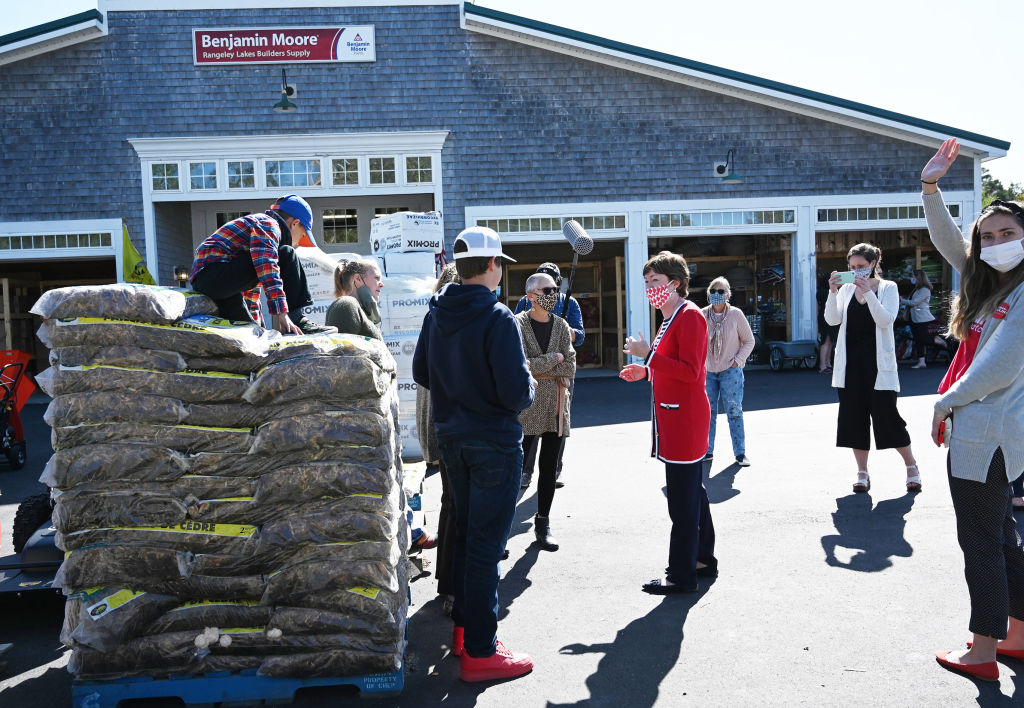
Very little of the Gideon campaign concerned itself with the heterodox views of the state’s many rural residents, who valued the constituent service and federal attention that Collins had brought over the years. Small-town Maine responded to this big-money Washington campaign by handing Collins a 9-point victory. A campaign better in touch with its actual voters would not have lost what was a winnable race; it was another symptom of long-term Democratic condescension. “The approach on the ads and campaigning was disgusting enough that I didn’t want to vote for the person anymore, even though I agreed with the policy stances,” one Mainer told the New York Times.
There’s a fiduciary motivation at play as well. National consultancies based in Washington who get contracts from the Democratic Congressional Campaign Committee, or Democratic Senatorial Campaign Committee, have a vested interest in big-money television and mailer buys: it ups their rate of commission. “It’s a 15 percent cut to eight men in D.C.,” said Teresa Purcell, who ran unsuccessfully for a seat in the Washington state legislature in 2016. “They are super-hesitant to empower local people. It’s a crime.”
When local Democratic sympathizers, or even those who are with the party on a single issue like abortion or health care, perceive that their party has retreated to the coasts and into the big money ZIP codes, their willingness to gently challenge their neighbors or engage them with a different opinion become correspondingly weaker. The temptation to join the herd—a universal human urge—intensifies. Perhaps for this reason, Trump was able to boost his share of the rural vote from 59 percent in 2016 to 65 percent in 2020. The numbers might be even worse this November unless the Democrats make moves to stem the bleeding.
Could the Democrats regain their connection to heartland voters? One obvious place to start is reinvesting in local party offices in red states to keep the Democratic flame burning, emboldening local MAGA skeptics, recruiting candidates, and providing a visible alternative to the extremes of the other party.
Showing up in rural communities after a long absence could also help the Democratic Party with one of its most concerning weaknesses—the bleeding away of the black and Hispanic vote, once reliable blocs who have some within growing skeptical over high prices, a perceived lack of an orderly immigration policy, and some of the fringe ideas of the academic left customarily associated with the Democrats.
Cody Lonning“People voting are a lot smarter than the consultants think they are. They look for people they can trust rather than policy detail.”
Pew Charitable Trust polls, for example, show an overwhelming dislike among Hispanics of the term “Latinx,” seen as an unwanted linguistic imposition made by white progressives. The language policing common at universities also tends to be a conversation stopper in the rural precincts, and not just because of manufactured outrage on cable TV. Yet another stereotype of rural America is that it is populated exclusively by angry white people with guns, a facile impression fueled by unhelpful books like White Rural Rage: The Threat to American Democracy, by Tom Schaller and Paul Waldman. In reality, 19 percent of rural Americans are people of color, from southern farm towns with majority black populations to western towns like Globe, Arizona, with substantial Hispanic and Native American influence. They’re less concerned about microaggressions, symbolic gestures, and correct nomenclature and more about kitchen table matters like health care, schools, and jobs.
Perhaps Democrats can bolster their reinvestments in county parties with a shift in rhetorical emphasis, spending less time explaining wonkish policies and more time expressing values. In politics, the details lie downstream from the emotions. There is a way to talk about gun safety, for example, that emphasizes freedom—the freedom to go to public events without fear of a mass shooting. And there’s a way to talk about higher taxes on the rich in terms of economic security for the middle classes: as a means of funding good schools and hospitals for everyone. “People voting are a lot smarter than the consultants think they are,” said Lonning, whose Rural Urban Bridge Initiative advocacy group hopes to reframe the conversation around solutions. “They look for people they can trust rather than policy detail.”
This means conversations with gun owners at the end of dirt driveways, about supporting candidates who may be pro-life, and finding areas of common ground. It means going back out to the country with open ears and non-judgmentalism instead of sneering from afar. As Patty Cervantez, the chair of the Graham County Democratic Party in rural Arizona, put it to me: “Democrats are just so locked into statistics and Zoom meetings that we've lost touch with the people.”
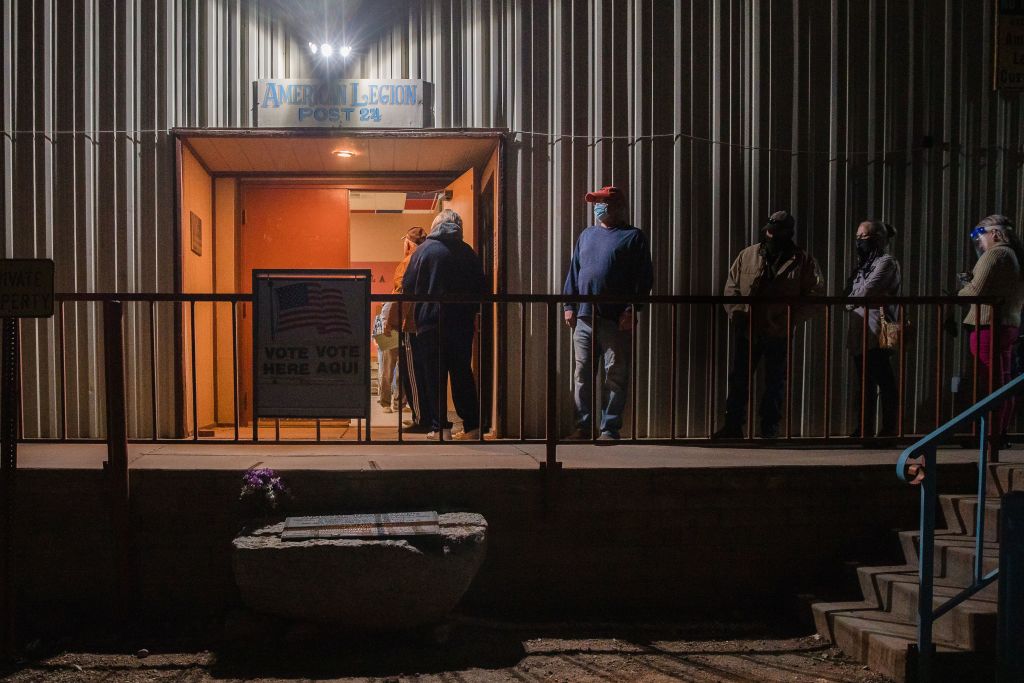


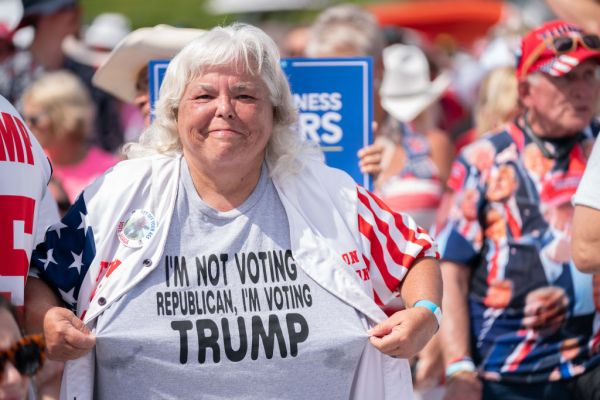
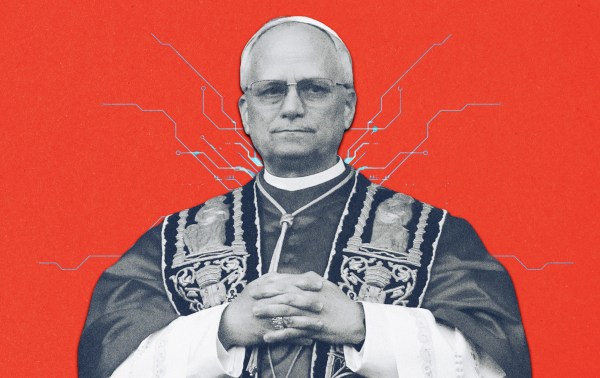
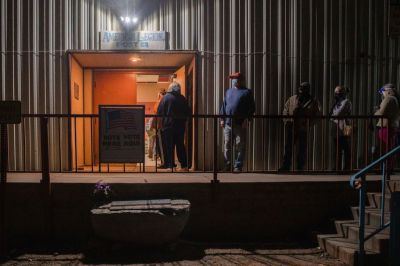
Please note that we at The Dispatch hold ourselves, our work, and our commenters to a higher standard than other places on the internet. We welcome comments that foster genuine debate or discussion—including comments critical of us or our work—but responses that include ad hominem attacks on fellow Dispatch members or are intended to stoke fear and anger may be moderated.
With your membership, you only have the ability to comment on The Morning Dispatch articles. Consider upgrading to join the conversation everywhere.